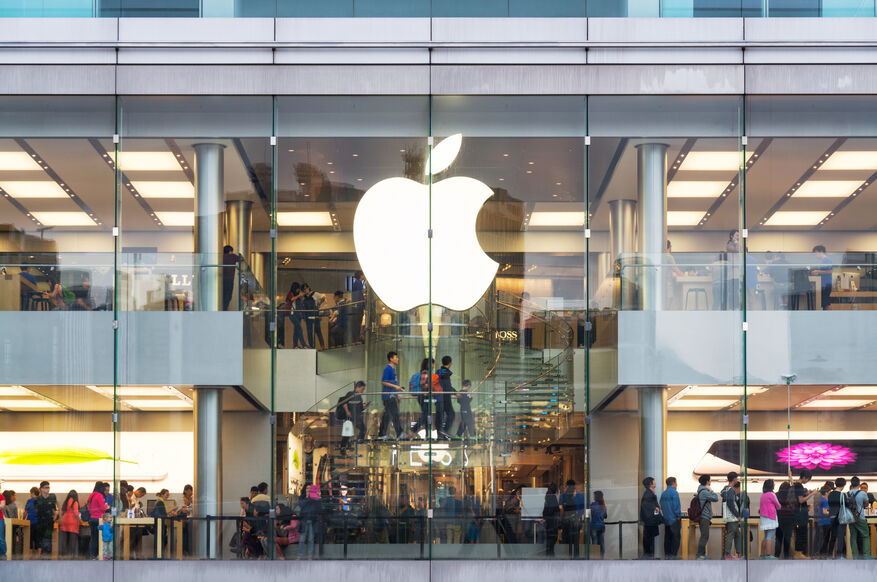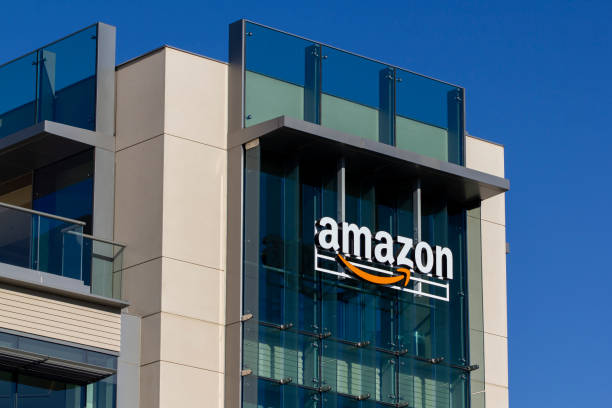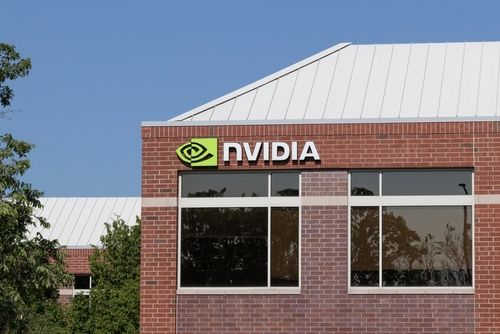Why China’s consumer slump is affecting U.S. economy


American brands in China are feeling the heat. Sales are falling fast, as Chinese consumers hold back on spending. For major players like Apple, Starbucks, and Nike, the China market has long been a cash cow.
But now, as competition rises and consumer confidence dives, these brands are seeing losses pile up. In the last quarter, companies that rely heavily on China have taken a hit, with many reporting sharp drops in revenue. For the U.S. economy, this matters, and here’s why.
Why America is taking a hit
Take Apple, for instance. In the quarter ending September 28, Greater China sales—covering mainland China, Hong Kong, Macao, and Taiwan—fell to $15.03 billion, just a tick down from $15.08 billion the year before. This drop pulled Apple’s China revenue share down to 15.8% of total net sales, from 16.9% a year ago.
CEO Tim Cook, on an earnings call, pointed to “flat” results, despite the fact that Apple’s iPhones held the top two spots for urban sales in China. But the competition is fierce, especially with Huawei clawing back its market share. Apple’s once-stable hold on Chinese consumers is now on shaky ground.
Starbucks, another American icon, has its own China woes. Its same-store sales dropped a staggering 14% over the last quarter. Even when customers did buy, they spent 8% less per order on average. CEO Brian Niccol admitted that “intensified competition and a soft macro environment” weighed down the company’s earnings.
Simply put, people aren’t spending as much on coffee, and local rivals are driving prices down to keep Starbucks in check. Niccol acknowledged the challenge, saying he plans to spend more time in China to understand the changing landscape.
“All indications show me the competitive environment is extreme, the macro environment is tough,” he said. China’s share of Starbucks’ revenue slipped to 8.6%, down from 9% last year.
The struggle with low consumer confidence
For Nike, Greater China revenue dropped 4% year-over-year to $1.67 billion for the quarter ending August 31. Nike’s CFO, Matthew Friend, shared the disappointing news, saying, “Nike is not immune to the challenges with the consumer in Greater China today.”
Despite the downturn, China still makes up a bigger chunk of Nike’s revenue, rising to 14.4% from 13.4% last year. But the lowered forecasts hint that the outlook remains bleak.
Luxury powerhouse LVMH also took a hit. Excluding Japan, its Asia revenue plummeted by 16% in the third quarter, compared to a 3% decline globally. LVMH’s CFO, Jean-Jacques Guiony, noted that “consumer confidence in mainland China today is back in line with the all-time low reached during COVID.”
China’s share of LVMH’s total revenue fell to 29% for the year’s first three quarters, down from 32% the previous year. LVMH’s high-end goods might not be on the average consumer’s budget right now, given China’s cautious spending habits.
Growing dependence on the China market
The stakes are high. Apple, Starbucks, and Nike have all watched China’s share of their global revenue shrink compared to 2019, pre-COVID. Companies heavily invested in China are feeling the pinch as the country’s economic climate sours.
Isaac Stone Fish, an economist, says the big problem with China is politics. “It depends on how risk-averse investors are,” he said, “but people need to understand that there’s a real possibility of increased tensions between the U.S. and China and even a potential Chinese invasion of Taiwan or a blockade that would upend global supply chains.”
U.S. companies most exposed to China are Ford, Carrier, Apple, Tesla, Coca-Cola, and Disney. Each one has sunk big money into the Chinese market, betting on growth that now looks uncertain.
While JPMorgan and Fitch Ratings anticipate two more cuts after the Fed’s 50 basis point reduction in September, inflation pressures have major financial leaders skeptical. They expect the Fed may hold back if inflation remains a threat.
Ahead of Election Day, market jitters are already visible. The Dow Jones fell 0.61%, the S&P 500 slipped 0.28%, and the Nasdaq Composite dipped 0.33% to 18,179.98.
European stocks also took a hit, with the Stoxx 600 down by 0.33%. Investors remain cautious, awaiting the election outcome and the Fed’s next move.
Despite the shaky market, investments in tech continue strong. San Francisco-based robotics startup Physical Intelligence recently secured $400 million in funding, with major backers like Jeff Bezos and OpenAI. This investment has pushed the startup’s valuation to $2.4 billion, six times its $400 million valuation from March.
Tesla, Adidas, and Lululemon see some gains
Not every U.S. company is losing ground in China though. Tesla saw China’s revenue share jump to 22.5% in the last quarter, with sales up nearly 13% year-over-year to $5.67 billion. Tesla’s Model Y was China’s top-selling EV in September, and despite the competition from local brands, Tesla has managed to hold onto its position.
This growth gives Tesla a much-needed boost, even as the rest of the EV market feels the pinch of economic uncertainty. Adidas reported an 8.7% increase in Greater China sales to €946 million ($1.03 billion) in the last quarter, making up 14.7% of total revenue.
On an October 29 call, CEO Bjørn Gulden said the growth came from creating products developed and sourced in China. This shows how Adidas is managing to adapt to local preferences, tapping into the demand for China-specific products.
Lululemon is another rare case of growth. For the summer quarter ending July 28, the brand reported a 34% jump in mainland China revenue. The company even plans to open most of its new stores this year in China.
CFO Meghan Frank credits the uptick to strong consumer interest in their products. But unlike many other brands, Lululemon seems to have sidestepped the dip in consumer spending that’s hitting the rest.
The economic link between China and the U.S. is complex. For now, any U.S. company with a heavy presence in China has to brace for more twists and turns.
The slowdown is real, the competition is cutthroat, and the political risks are looming. But for brands like Tesla, Adidas, and Lululemon, there’s still room to grow, even if it means navigating an unpredictable market.







